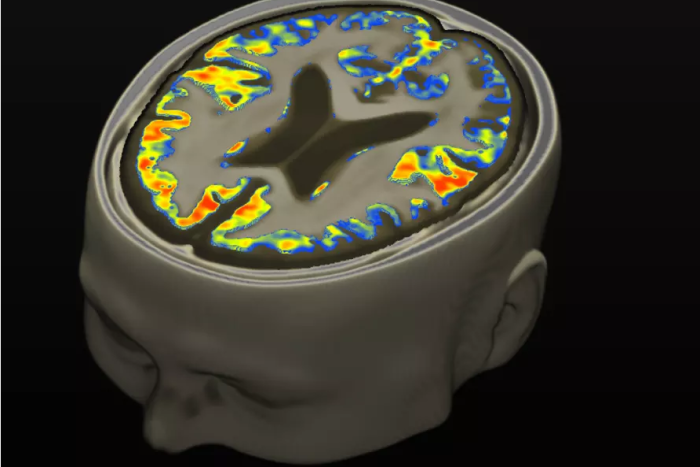Alzheimer’s disease is amongst the most common causes of Dementia. It affects both cognitive and motor abilities which both worsen with time. Over 10 million people are diagnosed with it in India every year and it is possible that a much greater number goes unreported/undiagnosed. Population above 65 years of age is generally at a greater risk. No specific cure exists only treatment of Alzheimer’s symptoms and care of the patients.
The buildup of amyloid protein in the brain is the most important pathological feature of the disease (the other one being the presence of neurofibrillary tangles) and therefore much emphasis has been given on developing drugs which may target amyloid-β proteins, but so far they have all failed. A new research coming from the Florey Institute of Neuroscience and Mental Health and the University of Melbourne have some astonishing findings which may change the whole approach of drug development in Alzheimer’s.

(Source: neurowiki2012.wikispaces.com)
It all began in the year 2013 when a study found that about 30% of the participants with high levels of amyloid had no symptoms of dementia whatsoever be it memory loss or falling cognitive function. This was a clear hint to the scientific community that it is likely that there exist other factors which contribute to the disease leading to observable symptoms. It was with the eventual findings of the correlations between the levels of brain fluid with the symptoms of dementia that the researchers were encouraged to focus on the element- Iron (Fe).
The research comprised of 117 participants of which 56 had elevated levels of amyloid which were measured by PET (positron emission tomography) scans. After measuring the iron levels in the brain using MRI (Magnetic resonance imaging) and following these participants for six years it was concluded that there does exist a significant relationship between rapid cognitive decline and elevated iron levels. Furthermore, it was found that the part of the brain in which there was heavy iron concentration correlated with the respective symptoms, for example, high levels of iron in Hippocampus (a part known to store short term memory) correlated with short term memory loss while high iron levels in temporal and frontal lobes (part is known to be associated with language skills) correlated with poor performance in language related tasks.
One can say that just like iron reacting with oxygen produces rust on metals its byproducts (like free radicals) can cause equal damage to brain cells. An important point to make here is that researcher has laid emphasis on the fact that the levels of iron in the brain is unrelated to the levels of iron in the blood and is also unrelated to the intake of iron through dietary sources. This study should therefore not encourage people to cut off iron from their food as it plays many crucial roles in the body like the red blood cell production.
The future goal of the researchers now is to test the effects of anti-iron drugs like Deferiprone on Alzheimer patients. If useful, this will mold a new way towards drug development in Alzheimer’s disease.
Reference:
Scott Ayton, Amir Fazlollahi, Pierrick Bourgeat, Parnesh Raniga, Amanda Ng, Yen Ying Lim, Ibrahima Diouf, Shawna Farquharson, Jurgen Fripp, David Ames, James Doecke, Patricia Desmond, Roger Ordidge, Colin L. Masters, Christopher C. Rowe, Paul Maruff, Victor L. Villemagne, the Australian Imaging Biomarkers and Lifestyle (AIBL) Research Group, Olivier Salvado Ashley I. Bush Cerebral quantitative susceptibility mapping predicts amyloid-β-related cognitive decline Brain 1 August 2017










